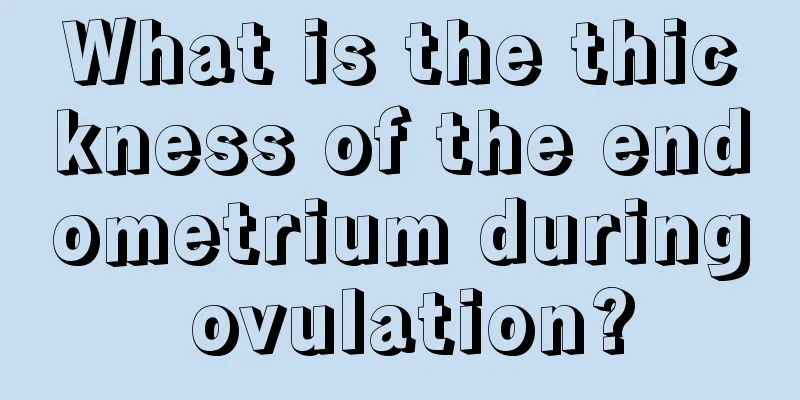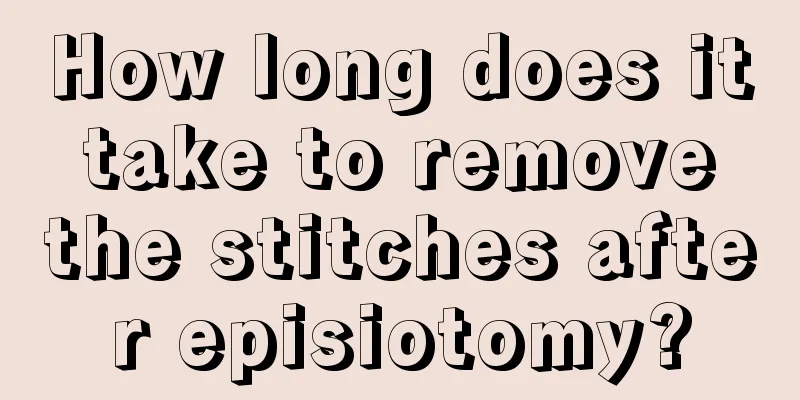Endometrial polyps virgin

|
Endometrial polyps are a very common gynecological disease with many causative factors, which are related to endocrine, inflammation, obesity, age, etc. Patients with endometrial polyps are mainly concentrated in women from childbearing age to menopause, but there are also patients with endometrial polyps in virgins. After discovery, it is necessary to find out the cause as soon as possible and treat it symptomatically to avoid complications such as infertility. Causes 1. Endocrine factors Because estrogen can promote the proliferation of the endometrium and produce menstruation, the formation of endometrial polyps is closely related to excessively high estrogen levels. Perimenopausal and postmenopausal hormone replacement therapy, and regular consumption of hormone health products, will increase the estrogen level in women. 2. Inflammatory factors Long-term gynecological inflammation, foreign bodies in the uterine cavity (such as contraceptive rings), childbirth, miscarriage, postpartum infection, surgical operations or mechanical stimulation may all cause the occurrence of endometrial polyps, and long-term inflammation will make the polyps larger and larger. 3. Others Aging, hypertension, obesity, diabetes, and long-term use of tamoxifen after breast cancer surgery are all high-risk factors for endometrial polyps. treat 1. Conservative treatment For small, asymptomatic polyps, no intervention is required temporarily. Some polyps may resolve spontaneously. Drug treatment of polyps is not recommended. 2. Hysteroscopic transurethral resection For patients with obvious clinical symptoms, those who have been found to have growths in the uterine cavity by B-ultrasound, or those whose intrauterine growths cannot completely rule out the possibility of malignancy, surgical treatment is recommended. In addition, patients who want to have children and are found to have possible endometrial polyps are also recommended to try for pregnancy after surgery. Hysteroscopic polypectomy is the main treatment method with relatively low associated risks, and all removed tissues are sent for pathological examination. (1) The surgery is usually performed 3 to 7 days after the end of menstruation. Sexual intercourse is prohibited 3 days before the surgery. Patients can hold their urine for a while before the surgery to facilitate B-ultrasound monitoring during the surgery. (2) Rest for at least one week after surgery. Sexual intercourse and bathing are prohibited within one month after surgery. (3) Pay attention to changes in the condition. There may be a small amount of vaginal bleeding within 2 months after hysteroscopic transurethral resection. If the bleeding is heavy, seek medical attention immediately. Normal menstruation can be resumed in the 3rd month. |
<<: What is the fate of a woman with her hands in the shape of a Sichuan
>>: How to treat recurring trichomonas fungal inflammation
Recommend
Why do women's waists hurt when sitting but not when standing?
The nature of many women's work requires them...
How to cure breast hyperplasia effectively?
For female friends, it is very important to prote...
The harm of eating garlic during menstruation
Maybe many people like to eat garlic in their dai...
What items should be checked before abortion?
Since the implementation of family planning in ou...
What to do if a woman is infertile? This is scientific therapy!
Female infertility is also called infertility. If...
What is the dividing line between North America and Asia? What countries are there in North and South America?
Today we have all transformed into geography mast...
Do you know what the “three axes” for preventing and controlling myopia in children are?
Author: Yu Gang, former chief physician of Beijin...
How much do you know about postherpetic neuralgia?
Shingles, commonly known as "herpes zoster&q...
Reasons for less menstrual flow after 40 years of age
Some women usually experience less menstrual flow...
Green discharge during pregnancy
The secretions that often appear in women's b...
What causes high body temperature during menstruation
All female friends have menstruation every month....
7 things to do during menstruation to make women more beautiful
The menstrual period is a "weight loss benef...
What is the reason for women's nipples to be black?
Breast development is one of the most intuitive f...
What to do if you have a small amount of menstrual flow due to phlegm-dampness? The harm is so great
Under normal circumstances, women with phlegm-dam...









